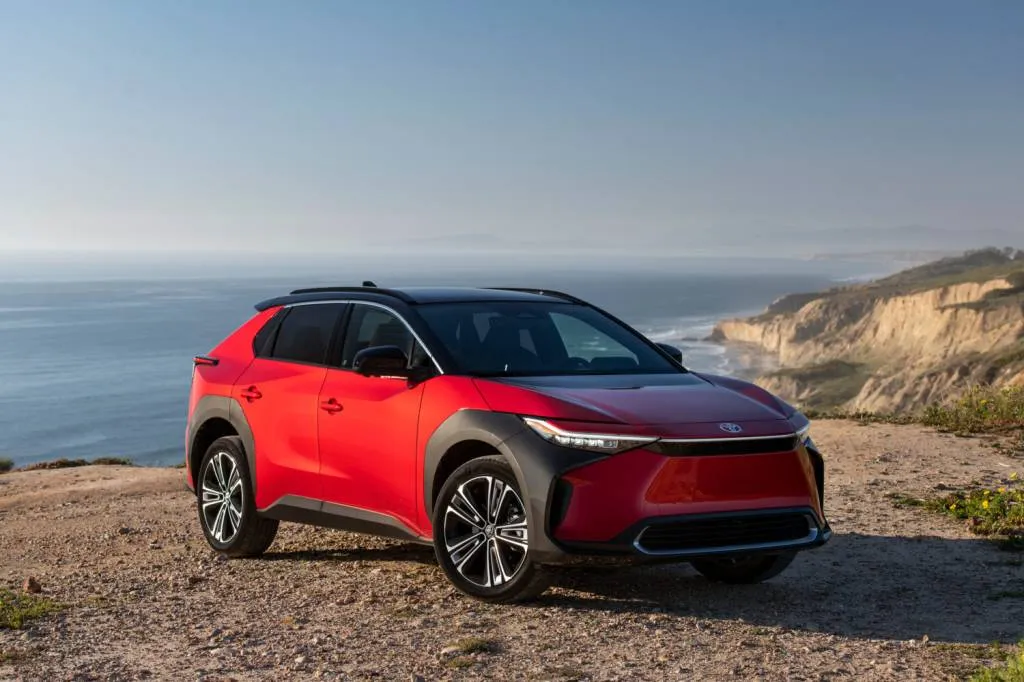California electric vehicle drivers could lose single-occupancy carpool lane access later this year, Automotive News reported Monday.
The federal law that allows California to grant this perk, one of the earliest such EV ownership incentives, is set to expire Sept. 30, according to the report. California lawmakers reportedly want to extend the statute, but federal lawmakers have not introduced a bill or taken any other action to do so.
The 1998 Transportation Equity Act for the 21st Century allows states to permit carpool lane access for vehicles with only one occupant as long as they are “certified as an inherently low-emission vehicle.” California began issuing decals for qualifying vehicles in 1999, although requirements for the program have changed over time.

2025 Tesla Model Y
Currently, battery-electric vehicles, hydrogen fuel-vehicles, certain plug-in hybrids, and vehicles powered by compressed natural gas (CNG) qualify for a sticker. In 2024, California’s department of motor vehicles issued 194,486 stickers, a 52% increase over the 128,122 stickers issued in 2023, according to Automotive News.
Greg Wallis, a Republican member of California’s state assembly, has authored a bill extending this status quo to Jan. 1, 2027, pending renewal of the federal law. But that could be a long shot, given that the Republican-controlled Congress is likely to follow the Trump Administration’s lead in attacking EV-friendly policies.

2025 Toyota bZ4X
The Trump-led executive branch has attempted to freeze funding for EV chargers, and is also expected to target the $7,500 federal EV tax credit. California has already pledged to counter these moves, offering an equivalent rebate to its residents and vowing to continue its own EV charger buildout.
But, as pointed out in the Automotive News piece, continuing to offer single-occupancy carpool lane access indefinitely can also limited the effectiveness of carpool lanes, as additional vehicles will eat up the excess capacity that allows traffic to flow more freely than in unrestricted lanes. Encouraging people to carpool is an emissions-reducing policy in its own right, so as more EVs hit the road, carpool lane access for solo drivers will likely have to be phased out eventually, anyway.




